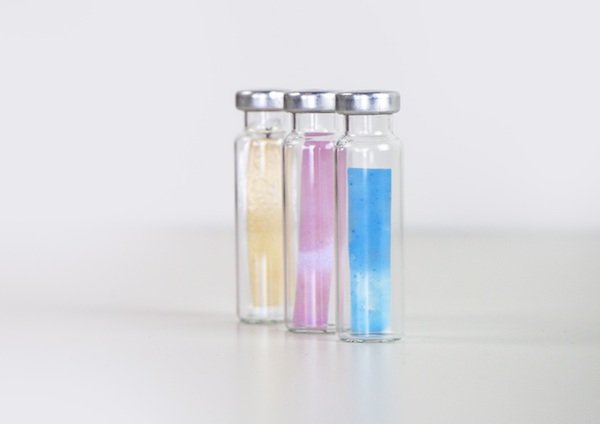
Given oxygen’s key role is important in food spoilage, most foods are packaged under modified atmosphere packaging (MAP) to extend their shelf-life. The major problem is the lack of a simple and inexpensive oxygen indicator to guarantee the integrity of the food. There are commercial solutions, but these are expensive and difficult to manage, understand and embed in packaging.
The quest for an oxygen indicator suitable for contact with food, as well as detect the impenetrability of packaging, has sparked great interest in the packaging and food sector.
AIMPLAS, the Plastics Technology Centre, has launched the SafetySenseO2 project to develop a printed oxygen sensor with the capacity to detect the presence of oxygen inside packaging through a colorimetric change that is visible to the human eye.
The use of this technology will make it possible to detect in-line defects in MAP in a non-destructive and economical way, as well as during transportation and storage. In addition, the oxygen sensor will provide the consumer with information about the quality and safety of the food at all times, thus reducing the risk of food poisoning.
This solution will involve a significant improvement in the packaging process with respect to other solutions on the market, since SafetySenseO2 will be embedded in the structure of the packaging. This new mechanism is expected to achieve greater acceptance since it removes the need to include indicator tablets.
The project is funded by the Valencian Innovation Agency (AVI) as part of its financial aid programme to encourage companies to transfer and exploit RDI results from research centres.






